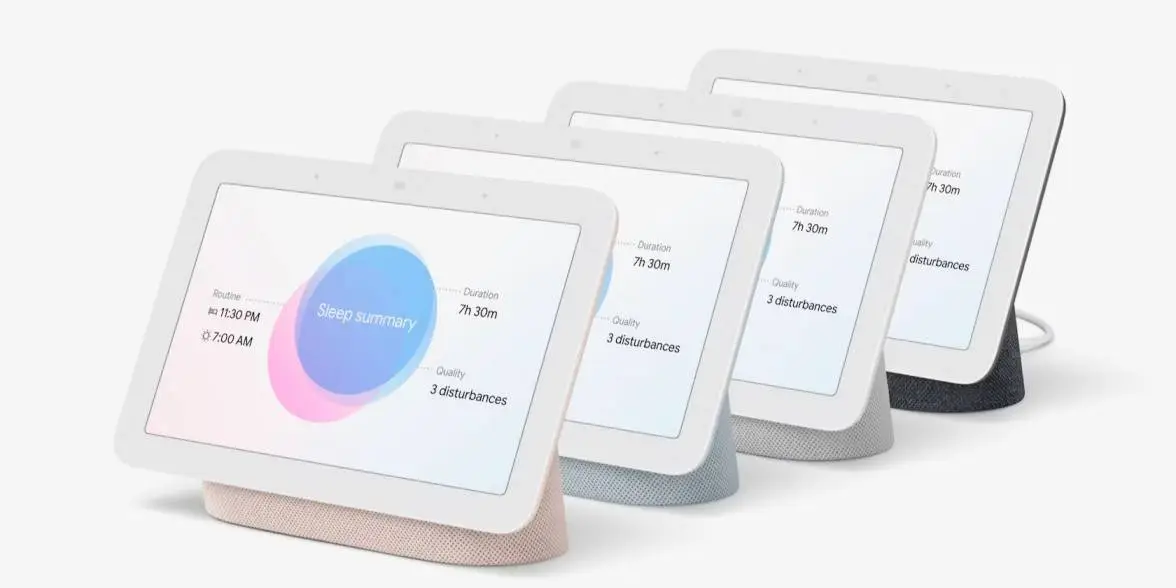Transforming your home into an associated space can have heaps of advantages for most families making the day run all the more easily, remaining associated with each other, helping save energy, and keeping your home free from any potential harm. Furthermore, most gadgets are not difficult to set up with Quick Pair for Issue gadgets, so making a shrewd home is more straightforward than you could expect.1
The Cook family's shrewd home began with a gift. John Cook maintained that his better half should have a simple method for standing by listening to music when she was preparing for the afternoon.
So he got her a Home Sound speaker, which has Google Partner worked in, to let her utilization her voice to play music. Before long, the entire family was asking Google for the climate and news as opposed to going after their telephones.
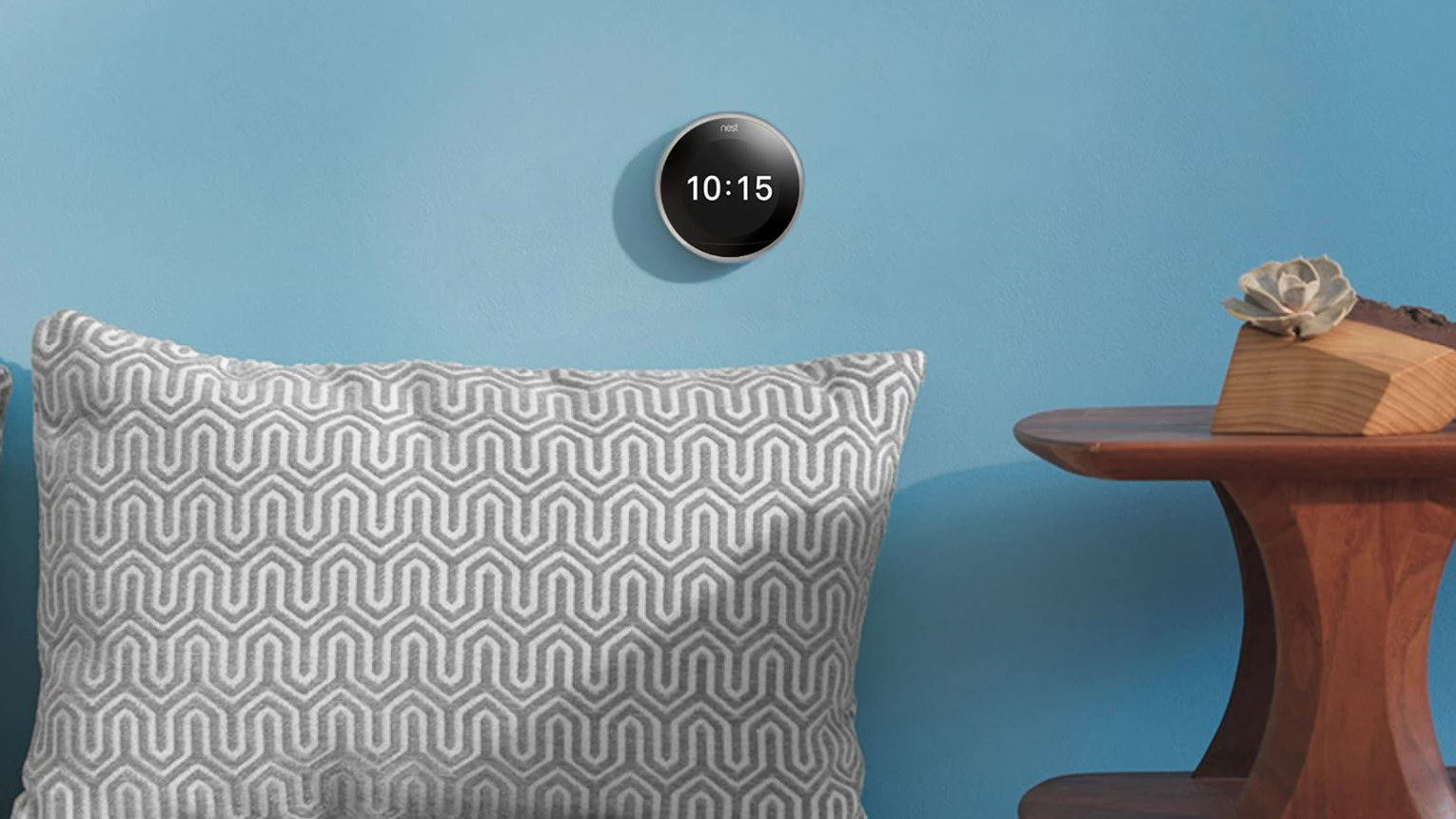
Soon after, the Cooks purchased a Home Center Max for the kitchen and afterward added more speakers all through the house. They finished it off with a Home Indoor regulator, a savvy lock and doorbell, and that's just the beginning.
While Google's greatest advantages are promotions, memberships, and its Pixel telephones, the organization is pushing ever more profound into equipment, and it's difficult to disregard its Google Home brand. Here is an introduction on Google Home, including its set of experiences and item arrangement.
What is Google Nest?
Basically, it's Google's in-house shrewd home name. That folds in everything under the sun that could be delegated a brilliant home item, including cameras, speakers, locks, indoor regulators, Wi-Fi switches, and Chromecast gadgets. There's likewise a membership administration for camera-prepared gadgets called Home Mindful.
The History of Google Nest
The brand's starting points follow back to a different organization, Home Labs, sent off in 2010. One of its organizers was iPod maker Tony Fadell, who thought of the thought for the main Home Learning Indoor regulator. The item was a hit, fruitful enough that Home started repeating on the Indoor regulator and venturing into different classes.
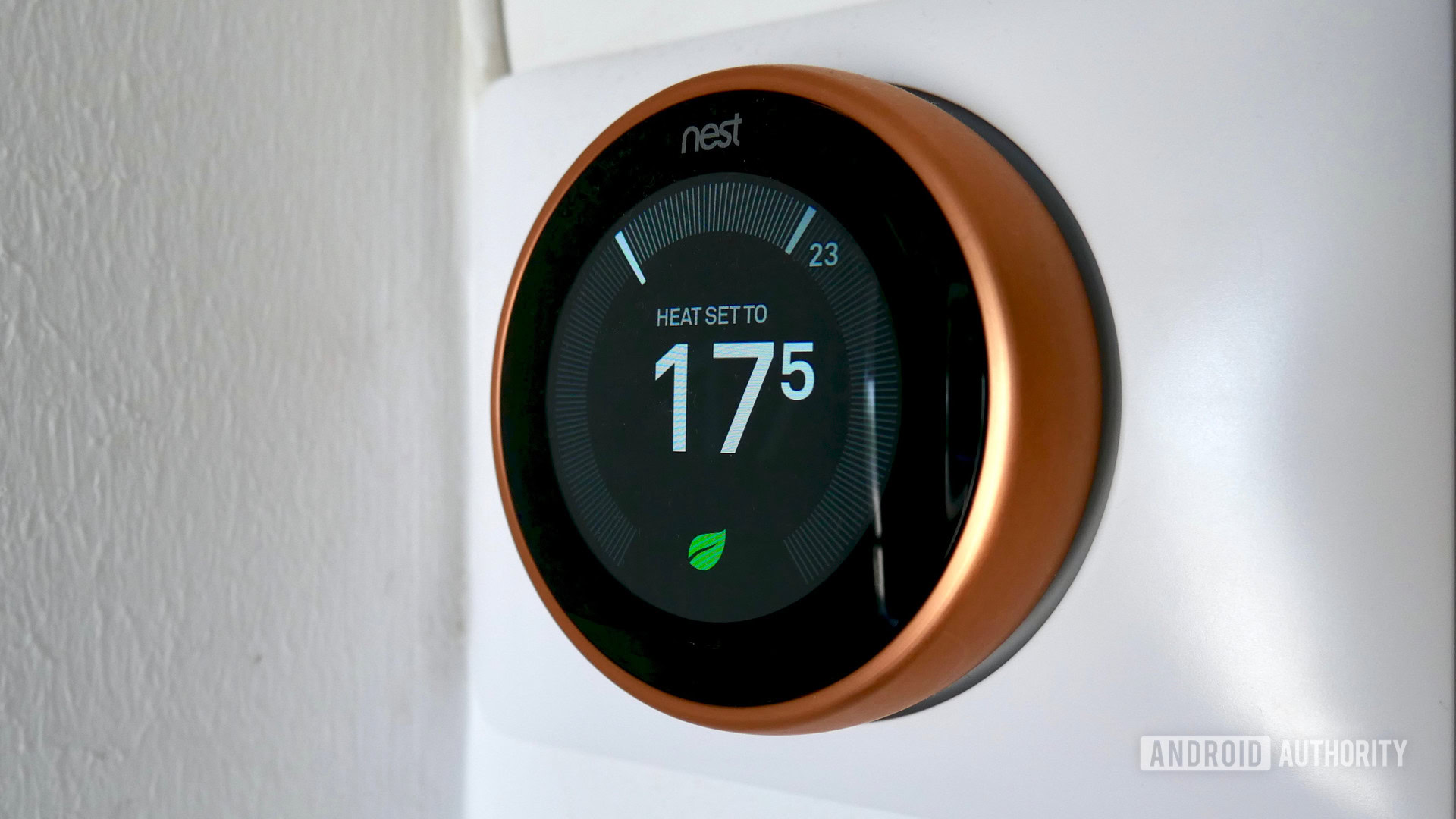
Google declared plans to purchase Home Labs in January 2014, at last burning through $3.2 billion on the takeover. Home kept on working freely for some time nonetheless, in any event, procuring security cam producer Dropcam and savvy center firm Revolv.
The last option was a mark of contention, since Home deliberately bricked Revolv center points in May 2016 notwithstanding Revolv offering "lifetime" memberships to its web-based help.
The aftermath included many Home laborers stopping the organization. Fadell ventured down from his Chief situation in June 2016, turning into something like a guide.
In February 2018, Google declared that Home was being converged into its equipment division. Google was at that point in the brilliant home circle thanks to the Chromecast and its Google Home speakers.
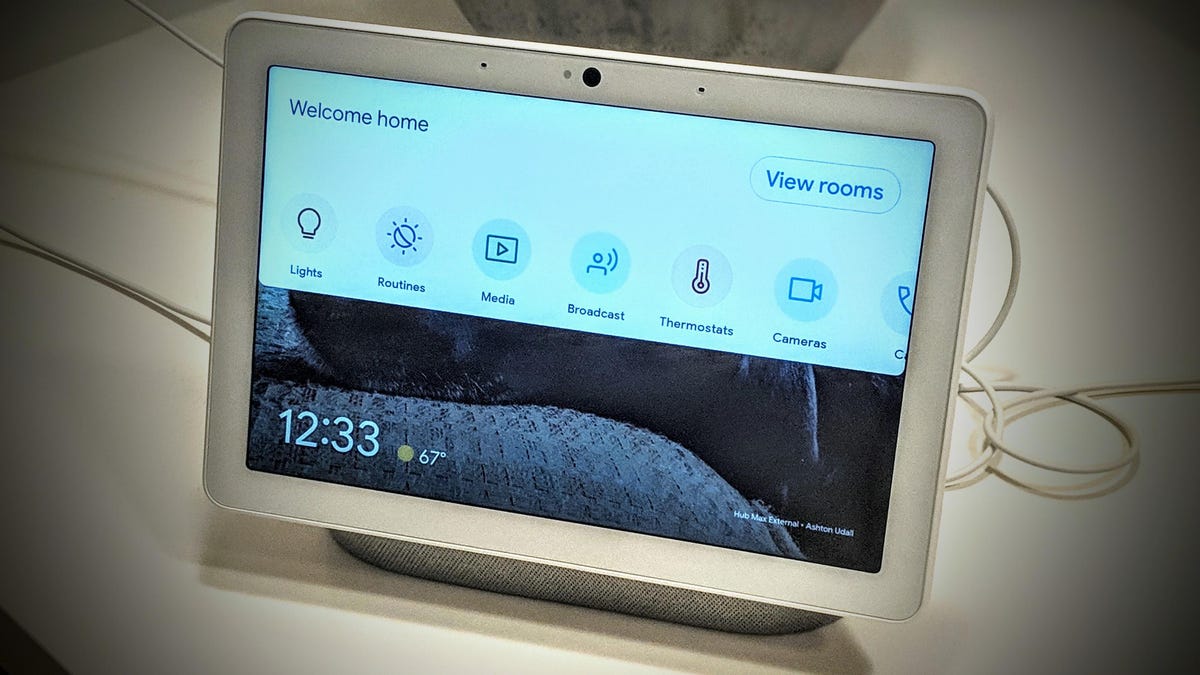
However there were plans for more profound coordination of Home with stages like Google Right hand. Home Labs fellow benefactor Matt Rogers chose to leave the organization, as did its then-Chief, Marwan Fawaz.
The Google Home brand was authoritatively declared in May 2019 during Google I/O. A few existing items were renamed, for example, the Google Home Center point (presently the first gen Home Center), and the Works with Home similarity program was dropped for Google Partner and the Google Home application. Individuals with Home records were moved to general Google logins.
What Products Does Google Nest Have?
Thermostats
Home Learning Indoor regulator: Home's leader item changes its warming and cooling plans in view of your propensities and the most proficient settings.
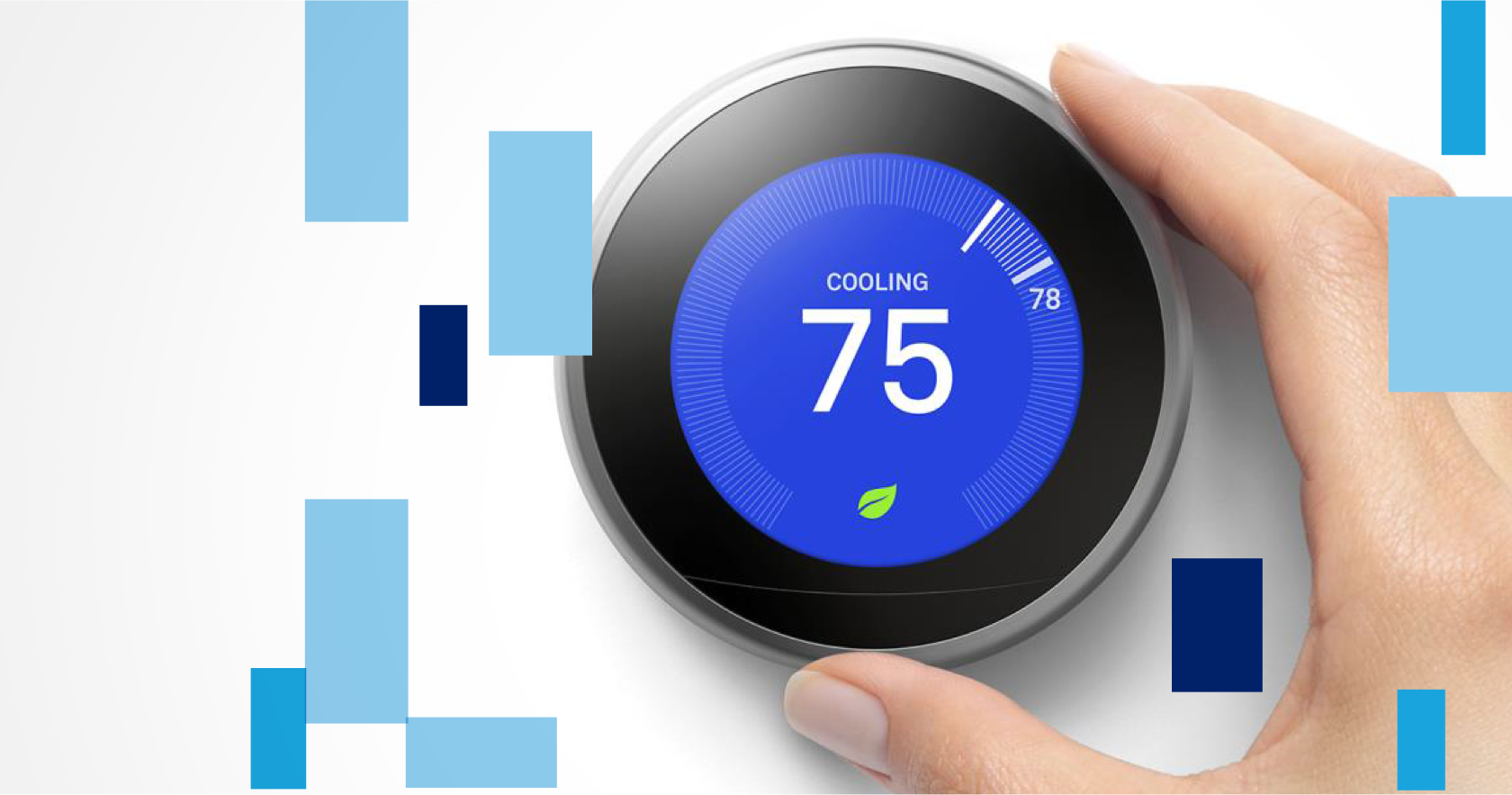
Home Indoor regulator: A more affordable other option, this drops programmed learning capabilities, outer sensor backing, and similarity with some wiring designs. It has a smooth new look, and the other savvy home mixes of everything kin.
Doorbells
Home Doorbell (Wired/Battery): The key selling focuses here are a rich plan, 3 hours of free cloud recording, and on-gadget identification of individuals, bundles, creatures, and vehicles, which focuses on alarms.
Just the Battery model can continue to record for an hour after a power or web blackout, yet the Wired one never must be charged, and upholds ceaseless (for example more than occasion based) recording with Home Mindful In addition to.
Cameras
Home Cam (Battery): Google's center surveillance camera is remote and climate safe, with a similar on-gadget object acknowledgment as the Home Doorbell, and the capacity to record for an hour if Wi-Fi drops. Assuming that you're willing to spend huge, there's a redesigned variant with worked in floodlights.
Home Cam (Wired): The Wired camera is generally indistinguishable from the Battery model, yet comes up short on climate obstruction or lighting choices. That helps hold its cost down, however strangely, it has a marginally more extensive 135-degree field of view (versus the Battery's 130).
Smart Speakers
Home Sound: Google's best speaker highlights Google Collaborator as well as Media EQ — which tunes result to the sort of satisfied you're paying attention to (music, digital broadcasts, and so on) — and Surrounding EQ, which changes volume in view of encompassing clamor levels. You can coordinate two Sounds for sound system.
Home Small Scale: The Little is generally planned for empowering an essential Right hand based shrewd home, however it's very modest and minimal, and does when absolutely necessary for paying attention to radio, digital broadcasts, and relaxed encompassing music.
Smart Displays
Home Center (second gen): The standard Home Center point has a 7-inch screen, and supports Right hand with visual controls, recipe direction, and the capacity to transfer video from sources like YouTube, Netflix, and Plex. Assuming you put it on your end table, you can exploit Rest Detecting.
Home Center Point Max: The Maximum moves forward to a 10-inch show, better sound, and a coordinated camera for video calls, facial acknowledgment, and Home Mindful capabilities. However, it doesn't uphold Rest Detecting.

